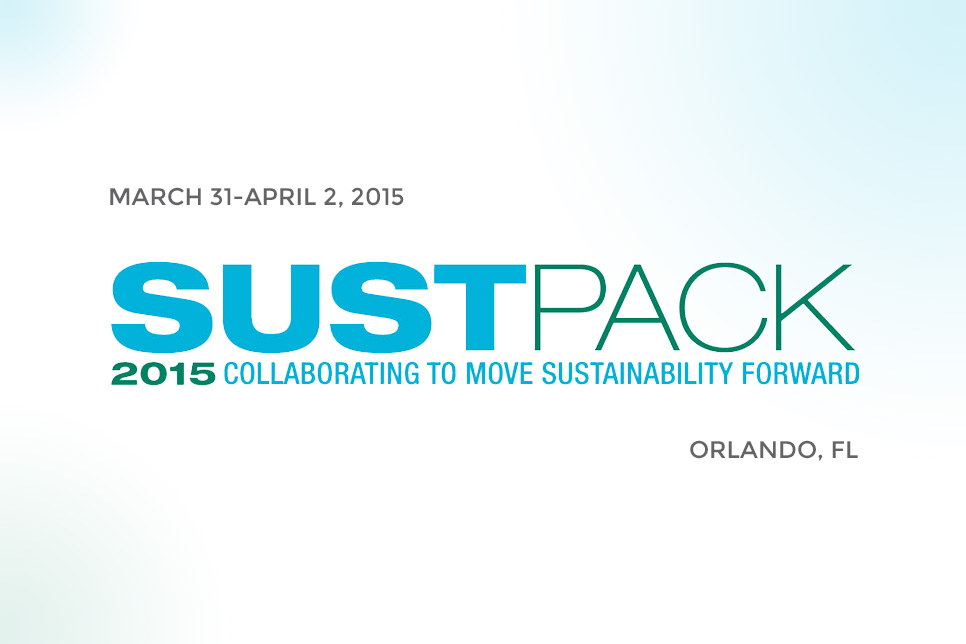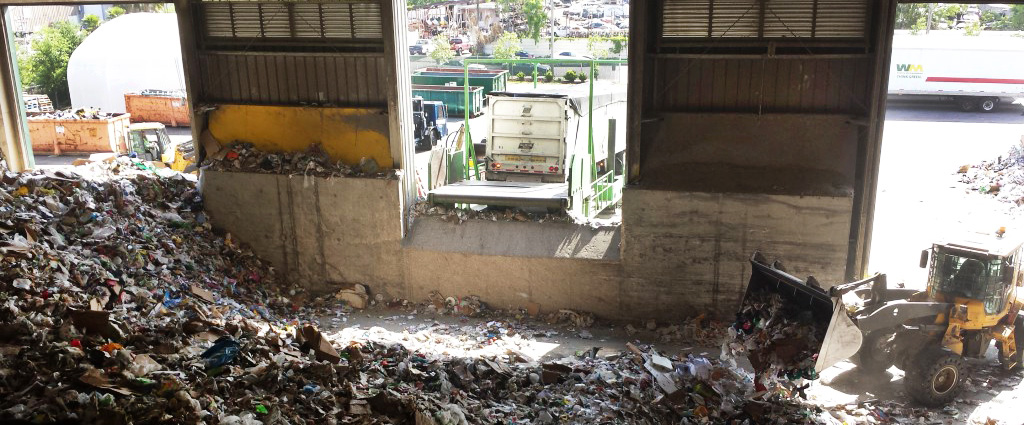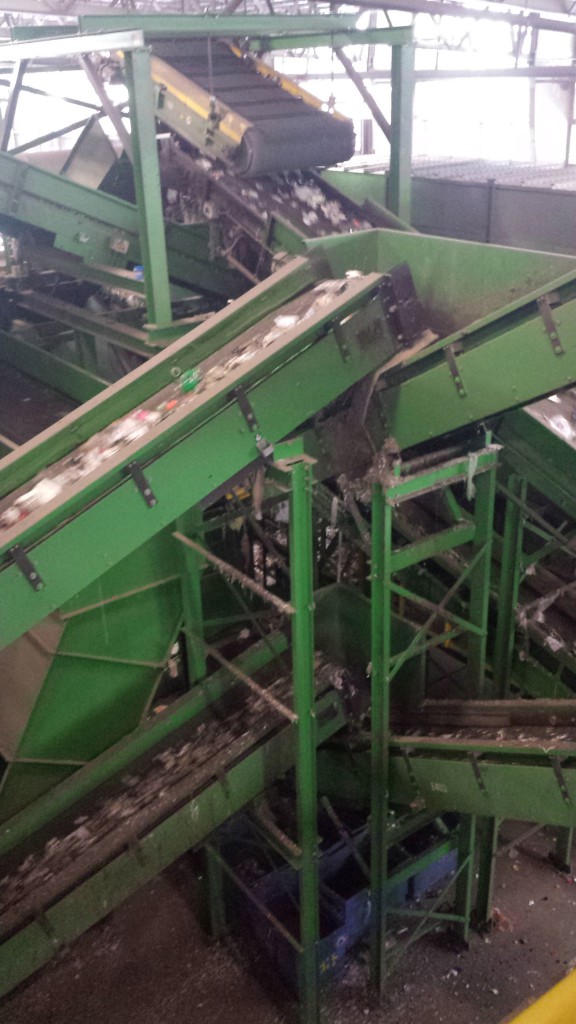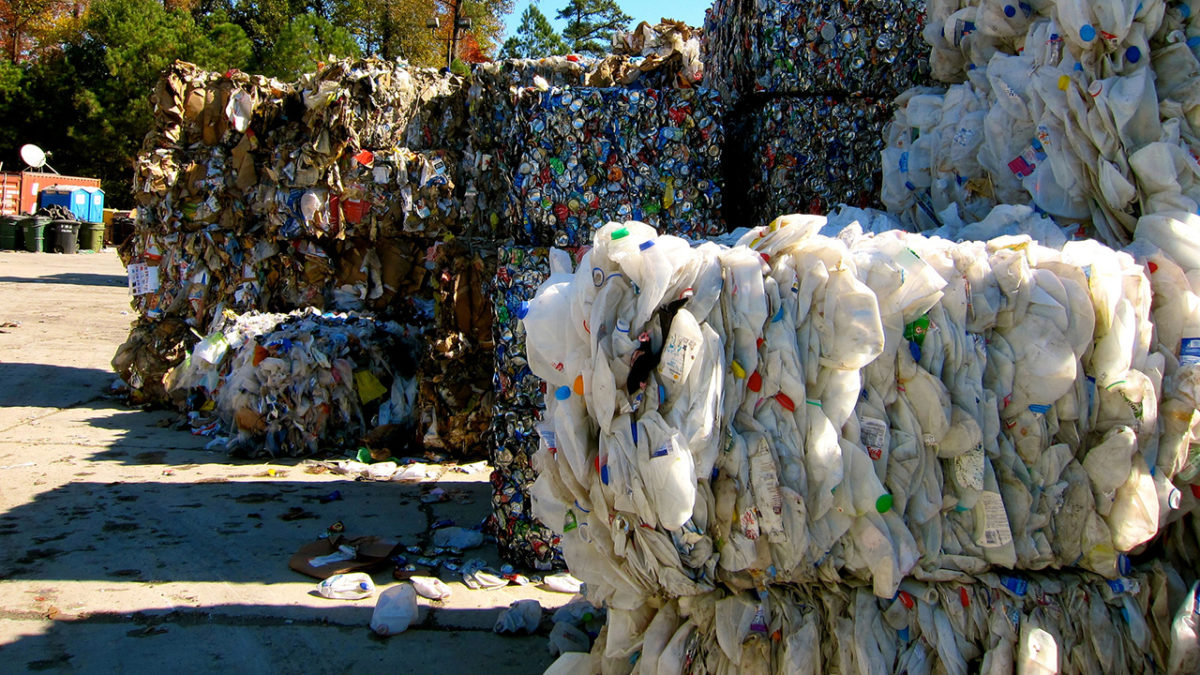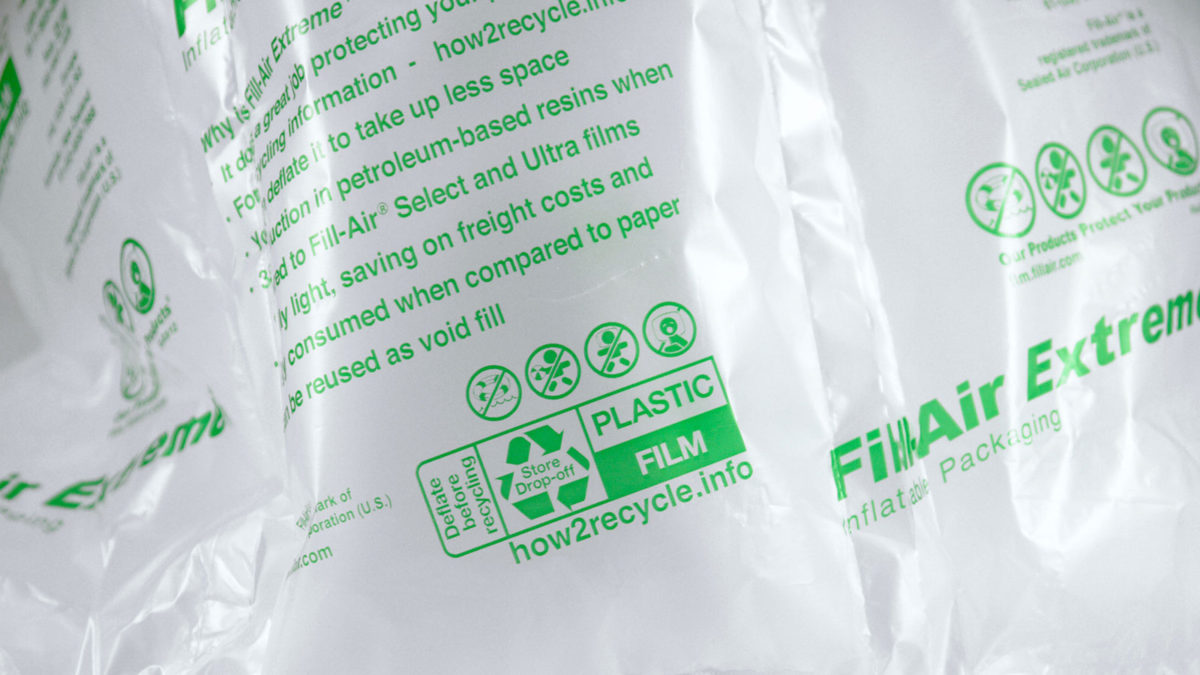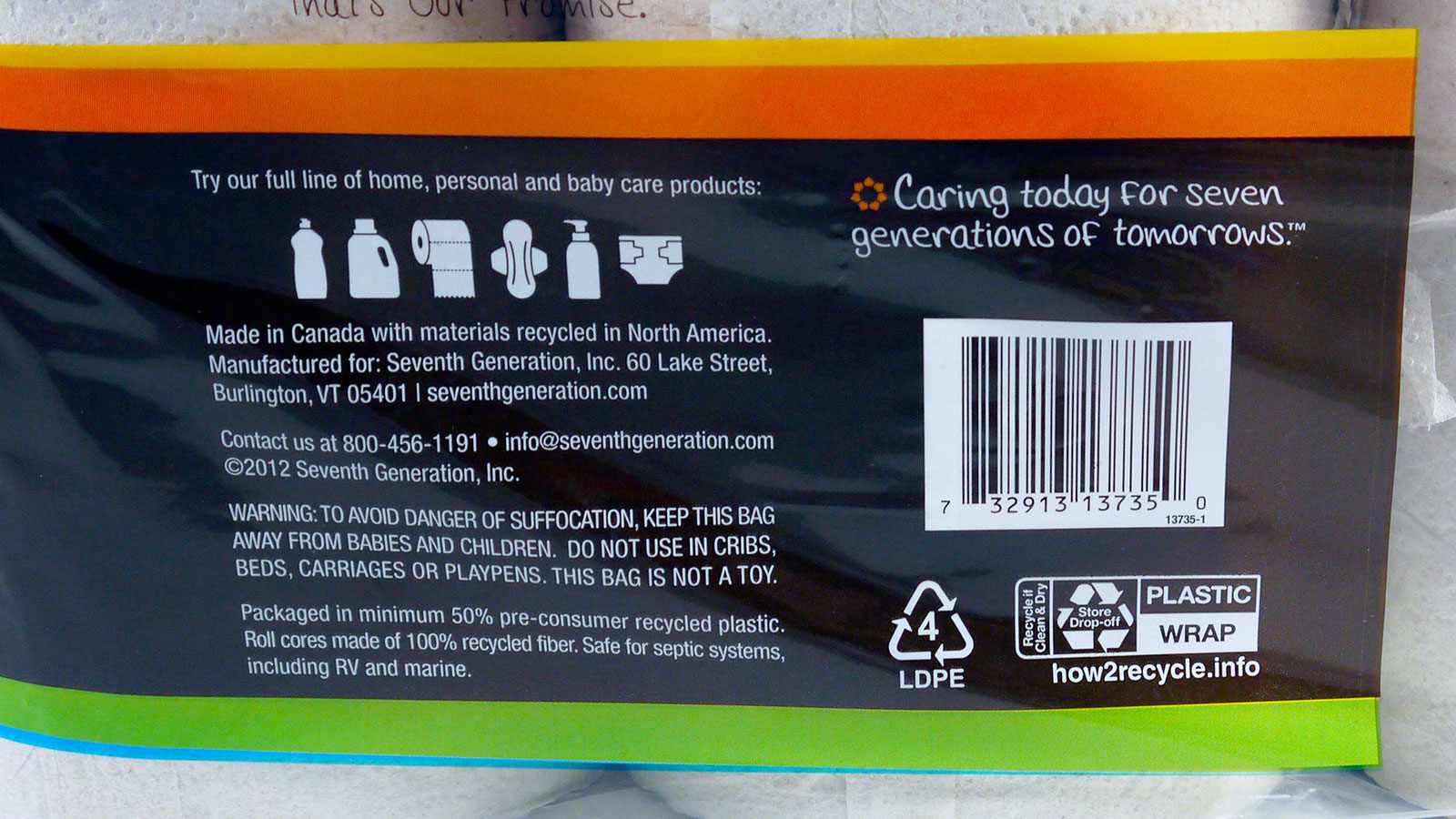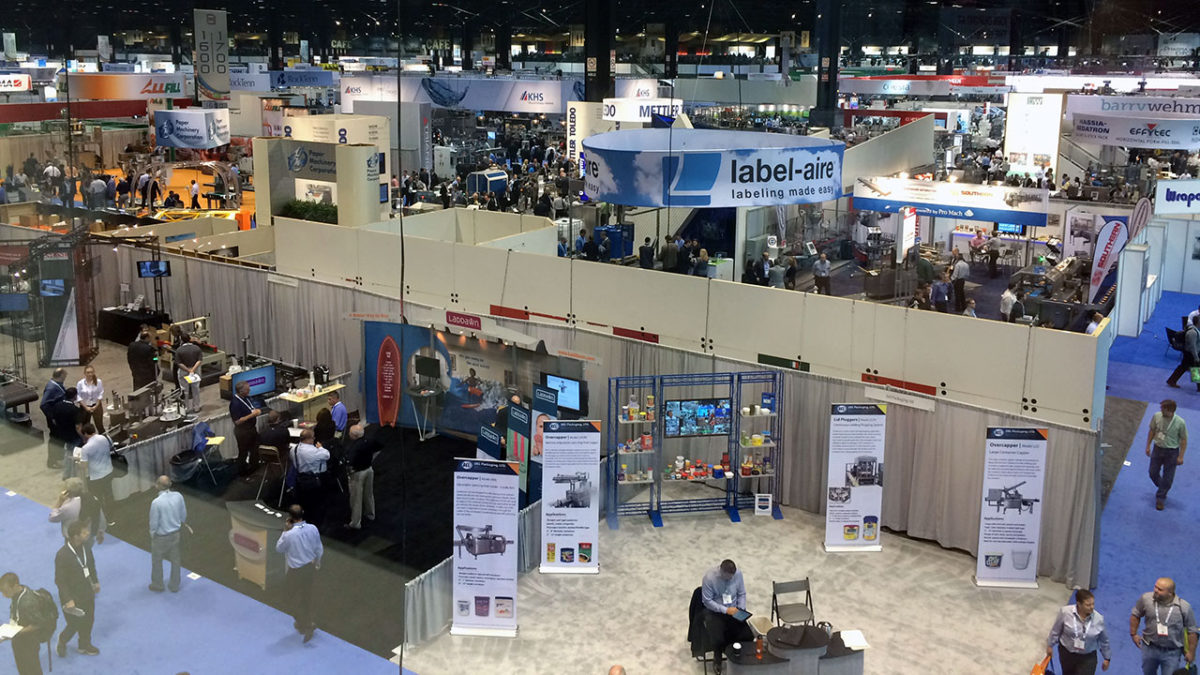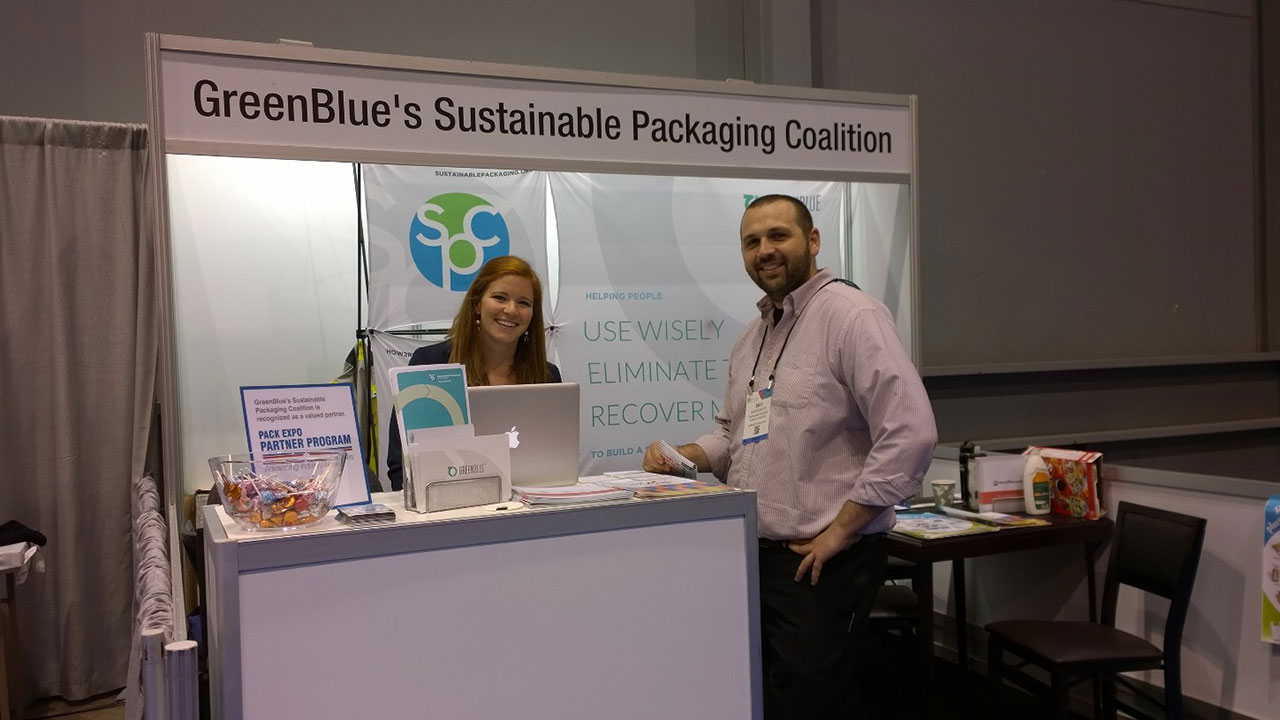Tom Pollock breaks down what is happening at the biopolymer field and what was discussed at the SUSTPACK 2015 working session.
New Biopolymers Outlook for Sustainable Packaging
Need more proof that drinking beer can help save the planet? One of the many interesting key global trends Debra Darby, independent consultant of Darby Marketing, highlighted in her presentation “New Biopolymers Outlook for Sustainable Packaging” at SUSTPACK 2015 was the opportunity for organic waste products – including grain as the by-product of the distilling process – to find a new life in the exciting and innovative world of biopolymers.
Bags, flexibles, films, and coffee packaging were just some of the examples Debra cited in which consumers and brands have helped biopolymers products achieve pull-through in industry. Important to making this work will be industry collaboration and communication to drive development to join the ranks of such companies taking advantage of biobased materials such as Natureworks, Metabolix, BASF, Honeywell, Novamont, Innovia, Meridian Holdings Group, and Braskem.
Taking the Next Step: The Growing Production of Bio-Based Chemical Intermediates Enables New Opportunities
Julia Allen, Research Analyst, LUX Research
There are signs of hope in the biopolymer industry. Julia Allen, Research Analyst at LUX Research was an excellent follow-up to the previous presentation by providing a comprehensive overview of where biopolymers are today and what you can expect in the near future. Julia cited 7.4 million MT growth of emerging biopolymer technologies by 2018. Much of this will be led by intermediate chemicals, which she predicts is going to be the biggest driver and user of biopolymers. Through this is a constantly changing and sometimes difficult to predict industry, key producers behind capacity growth will be M&G Chemicals, Butamax, and BioAmber.
Maybe one of the most interesting points in Julia’s presentation was that bio-based chemical intermediaries will continue to enable current opportunities and help create new opportunities for sustainability in terms of new markets and applications. It’s encouraging to think about the many positive applications in this emerging market.
Bioplastics 2.0: Low-Cost Full Cycle Recoverable Packaging
Ian DeWeerdt, CFO, Full Cycle Bioplastics
Compostable. Marine degradable. Landfill degradable. High Performance. Affordable.
These are some of the most common promises you’ll hear about bioplastics but in many cases the reality is a bit more complicated. Ian DeWeerdt, CFO of Full Cycle Bioplastics, provided a compelling case for why industry is still working on fulfilling some of these promises and what available technologies could help bring us closer to the potential of biopolymers. PHA, for example, is an additive that can help us move toward our goals. It’s expensive today, and Ian suggested that focusing on cost could be an important strategy moving forward.
Why is it so expensive? Feedstock costs and GMO bacteria are the top two reasons. Feedstock yields require GMO bacteria, and containment of that bacteria is a big cost driver. Full Cycle Bioplastics, however, has found a strategy to address this challenge by using waste feedstock and natural bacteria. By working closely with waste haulers and composting facilities, Full Cycle Bioplastics has found a path forward for future PHA manufacturing facilities. When PHA volume goes up, Ian explained, PHA prices go down. And affordability, as we know, is a key component to meeting the overall sustainability benefits biopolymers can offer.
Biobased Packaging – An Industrial Ecosystem Perspective
Denny Hall, Executive Director, OBIA (Bioproduct Innovation Center), Ohio State University
How many national championships is enough for The Ohio State University?
It seems as if they aren’t quite satisfied, yet as Denny Hall, Executive Director of the Bioproduct Innovation Center at OSU (OBIC) gave the eye-opening example of the over 95% waste diversion rate for the total of Ohio State football games at their expansive home stadium. OSU led the nation in the 2014 Zero Waste challenge Denny and his team participated in. Although that’s an impressive statistic, what is more impressive is where waste was diverted to and what OBIC is doing with it.
Bioproducts represent an important economic development opportunity, especially for rural America. OBIC’s “Cell to Sell Innovation Pipeline” is creating new supply chains by looking at working with agricultural biobased feedstocks. A OBIC survey of biobased markets revealed that consumers are not quite as knowledgable about products as they hoped. People think they know about this technology, but when pressed to name applications and companies, Ohio State came up with a rare loss. Denny suggested a need to create a coordinated marketing effort to spread understanding of biobased products and applications that matched the value the indicated for utilizing biobased materials. An excellent example Denny cited was similar to that of the natural food trend. With 2,363 companies part of the USDA bio-preferred program and 18,442 products available in the U.S. – it seems that the potential is there through technologies such as anaerobic digestion.
Certification vs Collaboration – Securing End of Life Options for Compostable Bio-Packaging
Susanna Carson, President, BSI Biodegradable Solutions
Susanna Carson, President, BSI Biodegradable Solutions, doesn’t take “No” for answer. In her excellent presentation, Susanna relayed her story about brand value and waste through the perspective of her company Besics‘ efforts to find opportunities for composting biopolymer products. Noting that it is the consumer making the choices and pushing the market, demand for bio-packaging is clearly gaining momentum. Besics realized compostability needs third-party certification and collaboration through the value. Susanna’s research found that biopolymer acceptance at composting facilities in her region is about 53%. Twenty three percent outright banned biopolymers and 24% gave a “kinda-sorta” answer. The source of the “no’s and kinda sorta’s” was the claim that ‘bio-plastics don’t compost’. Ms. Carson suggested a gap between the science of compostability and compost facility operations.
P.S. An excellent job by moderators Brad Rodgers of PEPSICO and Nina Goodrich of GreenBlue. The presentations and presenters provided a logical and informative flow to a complex subject. Looking forward to see what has progressed at SPC Advance in Charlotte later this year!


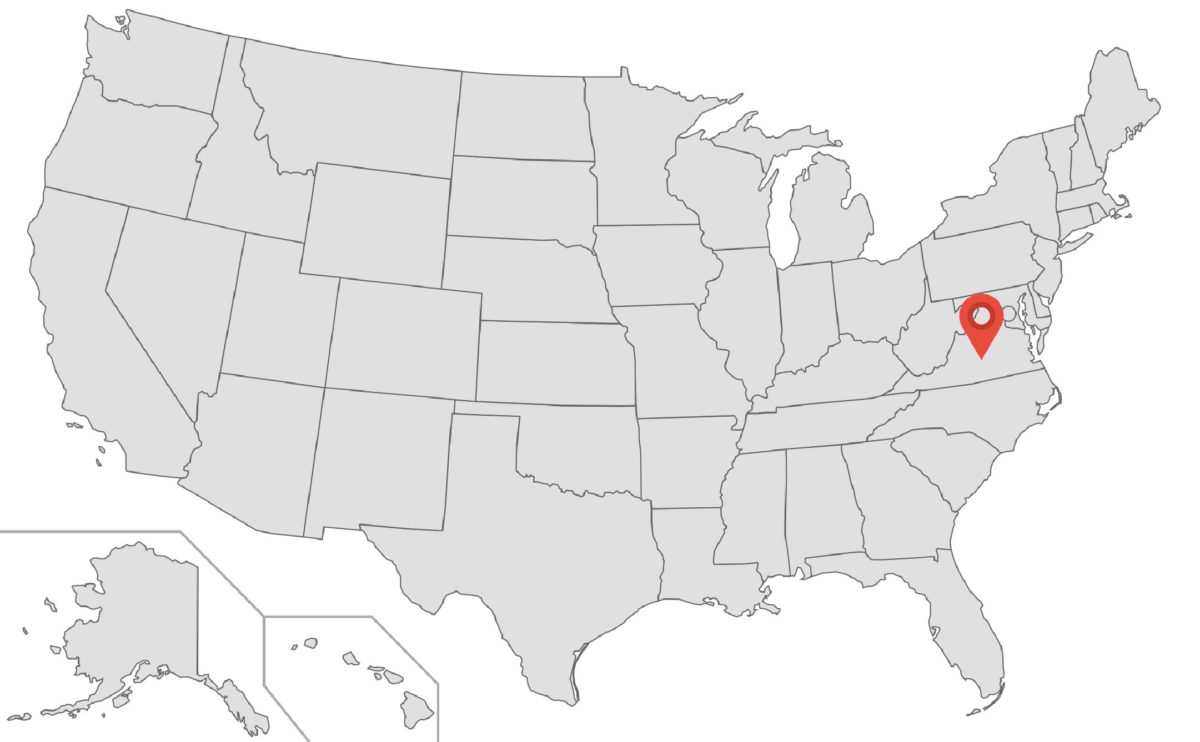










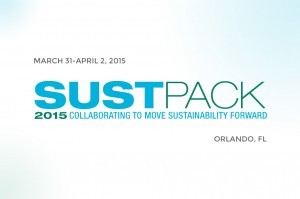 David Kiron
David Kiron